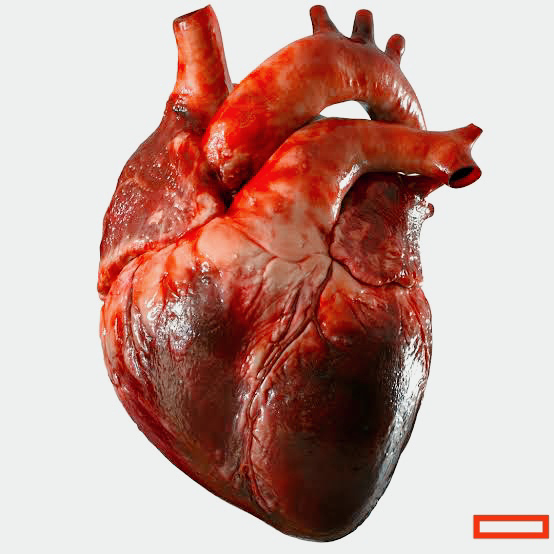DISCOVERY OF XRAYS
xrays.
History Of Xrays
Wilhelm Conrad Roentgen, a professor at Wuerzburg University in Germany from 1845 until 1923, made the discovery of X-rays in 1895. Roentgen noticed crystals glowing fluorescently on a table close to his cathode-ray tube as he was working on it in his lab. The glass envelope (bulb) that housed the positive and negative electrodes that made up the tube Roentgen used to make his measurements was what made up the device. A high voltage was applied after the tube's air was evacuated, and the tube produced a fluorescent light. Under a black light, fluorescent colours glow and are bright, vibrant colours. When Roentgen used thick black paper to conceal the tube, he saw a green fluorescent light coming from something a few feet distant.
He deduced that the tube was emitting a novel kind of radiation. The phosphorescent materials in the room could be excited by this light, which could penetrate the thick paper covering. He discovered that the new ray could cast solid object shadows through most materials. Roentgen also found that the radiation could pass through human tissue but not through metal or bone. A video of Roentgen's wife Bertha's hand served as one of his initial tests in the latter part of 1895. Roentgen generated a radiograph of a set of weights in a box to show his colleagues, indicating that the initial application of X-rays was for industrial (not medical) purposes.
The scientific community reacted to Roentgen's discovery, which was a bombshell, with tremendous interest. Because the cathode tube was well-known at the time, scientists from all over the world were able to replicate his work. Many researchers abandoned other projects to focus on the enigmatic rays.
Newspapers and periodicals of the time published a variety of tales about the characteristics of the recently discovered rays, some of which were based on fact and others on fiction.
This invisible ray that could see through solid objects and, when used with a photographic plate, provide an image of bones and internal body parts, captured the attention of the general public. The demonstration of a wavelength shorter than light captivated scientific fancy. This opened up new physics and material structure research options.
The prospective uses of rays as a tool in surgery and medicine have aroused a lot of excitement. Within a month of the discovery's disclosure, numerous medical radiographs were created in Europe and the US and used by surgeons as a reference point for their work. X-rays were being used by battlefield doctors to find bullets in wounded soldiers as early as June 1896, just six months after Roentgen reported his discovery.
Although some X-ray images of metals were made prior to 1912, X-rays were mostly used in the fields of medicine and dentistry. Before this time, X-rays were not used in industrial applications because the X-ray tubes—the source of the X-rays—broke down when exposed to the voltages needed to generate rays with sufficient penetrating power for industrial applications. The availability of Coolidge's high vacuum X-ray tubes in 1913, however, brought about a change in that situation. Operating at energies up to 100,000 volts, the high vacuum tubes were a potent and dependable X-ray source.
With the introduction of the 200,000-volt X-ray tube in 1922, industrial radiography advanced even further by enabling the quick production of radiographs of thick steel components. The creation of 1,000,000 volt X-ray generators by General Electric Company in 1931 gave industrial radiography a useful tool. The American Society of Mechanical Engineers (ASME) allowed X-ray approval of fusion welded pressure vessels in the same year, further paving the way for their use and acceptance in industry.
First xray machine
Thank you ☺️
Best of luck
Zeeshanfayazlone@




Comments
Post a Comment